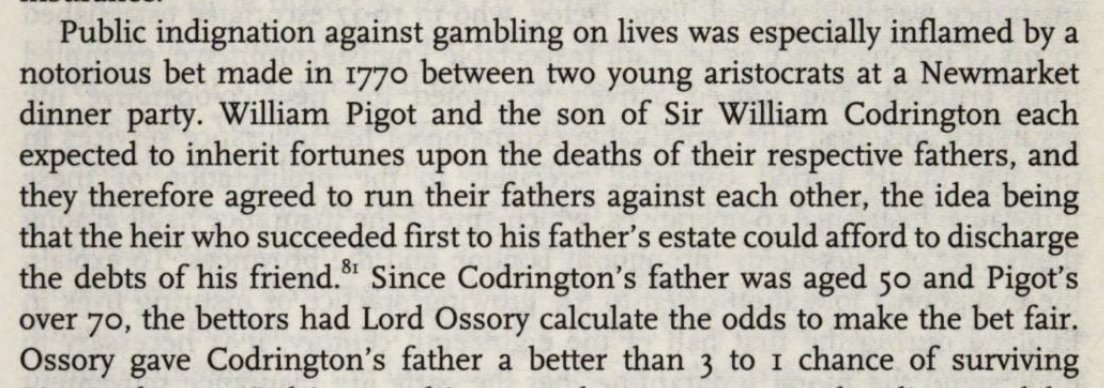1. These are fascinating numbers, from @ThePlumLineGS—62% of white college-educated women say they will definitely vote against Trump. (Only 27% say they will definitely support him.) washingtonpost.com/opinions/2019/… 

@ThePlumLineGS 2. Maybe that doesn’t seem like a big deal. But exit polls showed college educated white women backing Romney over Obama in 2012, 52-46%. Exits in 2016 showed a reversal, going narrowly for Clinton over Trump, 51-45%.
@ThePlumLineGS 3. But there were, um, some issues with the exits in 2016 with respect to college-educated voters. Pew’s validated voter survey found all white college-educated voters backing Clinton, 55-38%. So let’s use that as our baseline here. people-press.org/2018/08/09/an-…
@ThePlumLineGS 4. There’s still a sharp erosion of Trump support among college-educated white voters—from losing them 55-38% in 2016 to 57-30% today. But suddenly, the headline is on the other side of the ledger, with non-college-educated whites.
@ThePlumLineGS 5. Pew says whites without a four-year degree backed Trump in 2016, 64-28%. Quinnipiac says that, as of today, that support stands at 45-41%. Is that accurate? Who knows; sampling is hard these days. But that’s one heck of a shift.
@ThePlumLineGS 6. Among white women without college degrees, in particular, Pew says Trump took 56% in 2016. Quinnipiac reports that only 43% say they will definitely back him now, while 47% say they definitely won’t.
@ThePlumLineGS 7. But I think the white men without college degrees are just as interesting here. Pew says that 64% voted for Trump in 2016. In this poll, just 48% say they definitely will in 2020, and 34% definitely won’t. A big group—16%—would consider it, but aren’t definite.
@ThePlumLineGS 8. Takeaways? Trump’s support among white voters continues to erode, across the board—particularly among women, and the college educated. And in the quadrant where he’s been strongest—non-college white men—there’s an unusually large group not yet ready to commit to support.
@ThePlumLineGS 7a. One correction here. Pew’s number for white men without college degrees was 73% backing Trump in 2016; it was 64% of all non-college whites. (This actually makes the shift more salient.) Apologies for the error; leaving the original tweet up for transparency.
• • •
Missing some Tweet in this thread? You can try to
force a refresh








